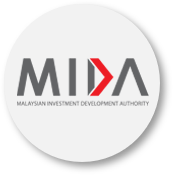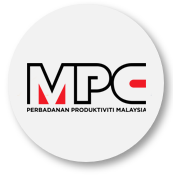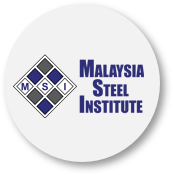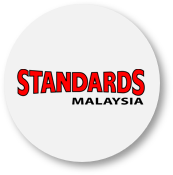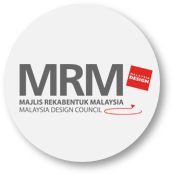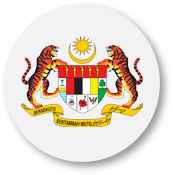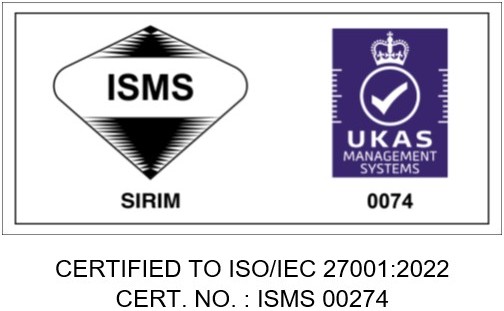AT YOUR SERVICE
By TAN SRI SULAIMAN MAHBOB
chairman@mida.gov.my
20 February 2010
There is every justification in providing subsidies on the basis of affirmative action, particularly in areas of basic needs. But the area of differences in opinion is mainly the modus operandi of delivery.
AN area in Malaysian public expenditure that demands attention is the provision of subsidy, which is a major component of annual budget.
It is not inaccurate to say that the subsidy element pervades many aspects of Malaysian life, such as in health, education, energy and transport, and also not the least, in industrial production, which is supported with tax concessions.
There is every justification in providing subsidies on the basis of affirmative action, particularly in areas of basic needs such as health and education, as well as in housing for the low-income families.
The area of differences in opinion in this matter is, therefore, mainly the modus operandi of delivering subsidies efficiently and effectively.
Debates begin the moment subsidies are administered for production in areas beyond basic needs, such as private transport and industrial production. This is quite so in Malaysia and which demands some policy analyses to establish whether giving subsidies in these areas is right or rightly done.
Within the area of industrial production, the provision of incentives is quite the norm now, given the needs of protecting and supporting “infant industries” to manufacture promoted products and help create job opportunities.
For this purpose, a tax holiday for five to 10 years is often given for promoted products.
Another incentive in the form investment tax allowance is provided for approved capital expenditures.
Almost all countries, including rich nations, provide these incentives, thus competition forces the host countries to provide something extra, such as grants and favourable utility and energy rates.
These contribute to erosion of government revenue, at least in the short run, although the incentives help diversify the economy and expand the economic pie, thus widening the revenue base of the nation.
Another criticism is that the “infants” do not often “grow”, thus after five years, they apply for an extension of protection and more often than not, it is given.
In most cases, incentives are also meant to promote efficiency. Whether they enhance industrial efficiency or not is often not examined vigorously because key performance indicators beyond implementation, expenditure commitments and employment creation criteria are not often established for them, let alone appraised.
Whether the efficiency benefits are passed on to the nation in the forms of better quality and lower prices, especially to the consumers, is not clear.
Perhaps the benefits go more to the foreign consumers because the firms tend to be export-oriented. Of course, they improve our trade statistics and balance of payments. Ensuring that the incentives are equally enjoyed by the domestic producers may help the objective of passing the benefits to the domestic users or consumers.
A related policy issue is whether in-depth viability analysis is done on the economics of the industries if they deserve the subsidies that will strengthen their viability and efficiency.
If the industries are viable only with the subsidies, then they should not be here in the first place because their comparative and competitive advantages are just not there.
Giving subsidies and other form of support are only short-term reprieves but not long-term solutions.
If this is so and several firms are quite in this category, then an in-depth a priori analysis should give us the answer that they should not be approved in the beginning or told in clear terms that their venture is at their own peril if the economics do not support their presence here.
Thus, giving a subsidy to this type of firms is a bad decision, notwithstanding the apparent benefits of employment and others. It may be cheaper to give transfer payment to the workers directly.
From other perspectives, subsidies distort prices and contribute to market distortion. The latter sends wrong signals to the entrepreneurs in that their enterprise appears to be viable while, in fact, it so only because of the subsidies.
Energy-intensive industries tend to fall in this category because energy in Malaysia, gas especially, is well below market price, sending the signal that the energy costs are inherently low.
With the controlled price regime in place, the distortion gets amplified all the more.
In this regard, to fall into supply and price regulation seems natural but its efficiency and efficacy tend to raise questions.
Even in the matter of giving subsidy in cases of affirmative action, the subsidies can be subjected to examinations especially in the ways they are administered.
Diesel subsidy for fishing aims to reduce fish prices. While it is good in objective and purpose, it is quite questionable in the way it is carried out.
So is the price subsidy on rice production, which leads to high domestic prices, way above international price levels.
The distribution system in fish marketing may not pass the benefit of the lower prices to the consumer because of the tendency for the benefit of cost reduction to be enjoyed by the middlemen, or the high possibility of leakages and smuggling.
Let us therefore examine the use of subsidy and the manner it is implemented even for sectors and activities which are related to affirmative action.
However, subsidies may be given for those activities with economic potential and with inherent economic viability; the provision of subsidy merely enhances their efficiency. In all these, the leakages must be the minimum.
Now that the authorities are examining the subsidy issue and also currently exploring a high-income growth model, some of these concerns may be critically revisited.
In their present form, the subsidies are largely the excess baggage of past policy regimes. Some changes along the way are welcomed so that the nation’s welfare can be enhanced and government finance further improved, not at the margin, so to speak.
The writer is the chairman of the Malaysian Industrial Development Authority (Mida) and former director-general of the Economic Planning Unit.
Last Updated 2015-05-14 11:58:34 by admin2







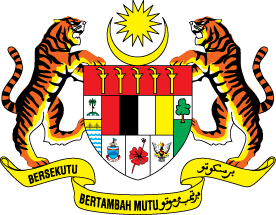





 Home
Home








